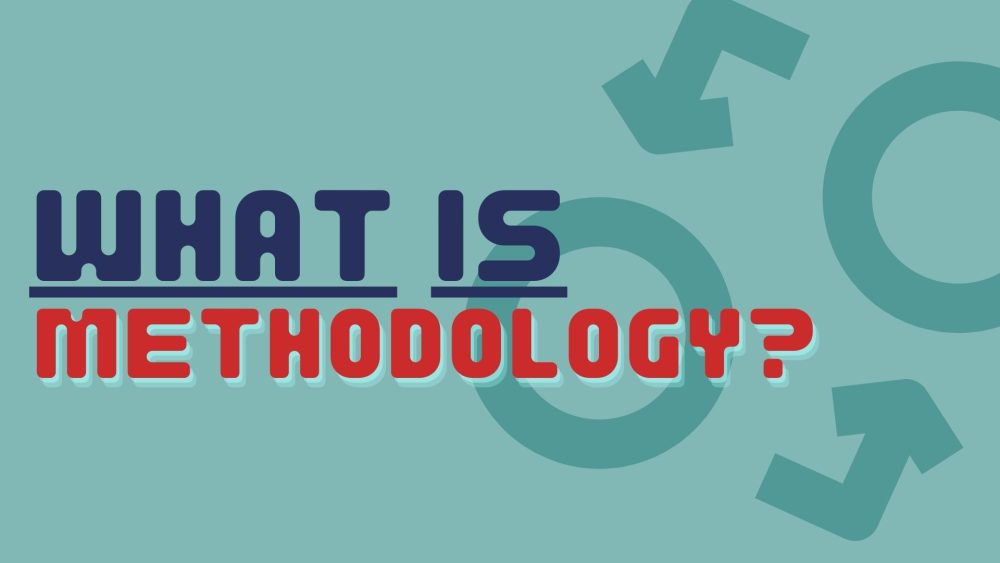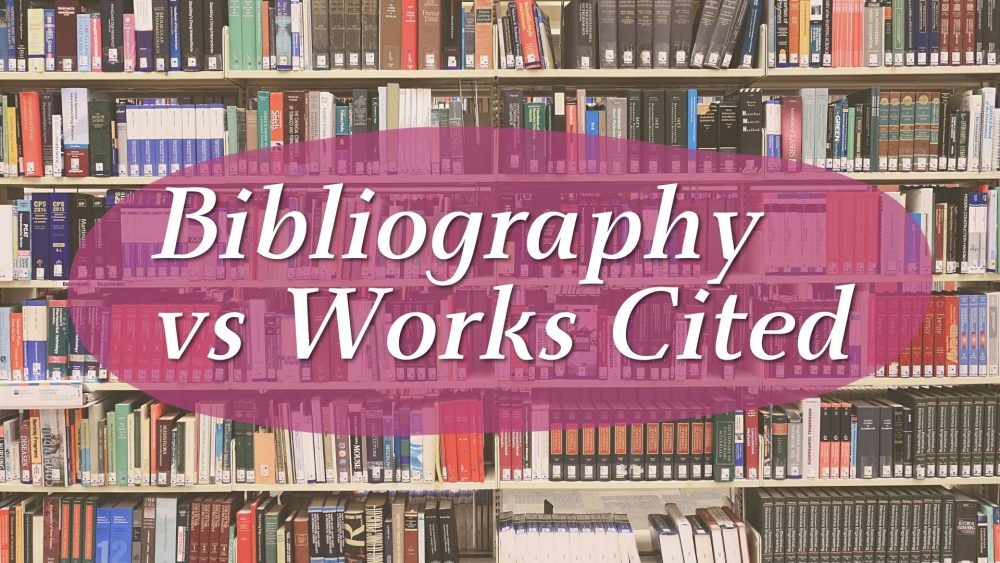Having a plan for the research acts as a blueprint for the project. A research plan that is at per can act as a reference point when doing future projects. It keeps you on toes, ensuring that nothing is left out or partially covered.
Before embarking on any project, a plan is essential. But what is a research plan?
It is an outline of the aims, objectives, justifications, methodology, time frame, resources, and the result. Careful planning is, therefore, necessary for a successful research project.
The research plan should be able to allow ample time for each task to be completed. You should know the time left before the submission of the work. Here’s a golden rule everyone ought to know, “if you do not plan, then you plan to fail.”
Contents of a Research Plan
The following questions should are essential in developing a research plan:
- Previous research did
- Research objectives and ethical considerations
- Research methodology
- A work plan
- Timelines and financial issues
- Publishing
- Future research importance of the study to the society
- The work you intend to do
Now, let’s change focus and look at the necessary elements in a research plan and how to articulate them in a genius way.
Required Elements of a Research Plan
The elements below may not be exhaustive and will vary depending on the program one is taking. However, it is a good start for anyone wishing to undertake a dissertation research plan. They include the following:
- Biographical Sketch
- Preliminary Studies and Progress Reports
- Research Support
- Resources
- Specific Aims
- Research Strategy
Allow me to now elaborate on each one of these requirements explicitly so that you can familiarize yourself with them.
1. The Specific Aims Section
It is a section that outlines the main objectives of the research project and how far the research topic is with other findings. You are required to precisely show what your end goal is in carrying out the specific research.
The goals should be brief and summarized to allow the readers to get a full list of the research problem at hand.
2. Research Strategy
A research strategy gives a bit by bit the flow of the actions to be undertaken. It thus enables you as the researcher to identify how your efforts and thoughts are going to be aligned to achieve the set objectives of the proposed research.
You will be required to show the significance of the problem in various dimensions. They include new knowledge to be added, its technicalities, and how it can merge into the society at large.
For each specific aim listed, you should be able to show its significance, innovation, and approach individually.
3. Resources
The resource section entails the primary and secondary sources used to furnish your project and enable you to arrive at the findings. The firsthand information is what constitutes the primary sources and is usually original either as recounted by an eyewitness or the very first literary works on the topic.
Data and information collected at the primary level are raw. Hence, there is a need for secondary data to supplement and affirm these findings. The secondary sources majorly interpret and analyze the results of the primary sources.
A researcher should be able to show some of the institutions or general scientific environments where they did the research. It adds to the authenticity of the project, especially if the facilities used are highly reputed, such as research laboratories.
4. Biographical Sketch
It is a compilation of an individual’s life and the activities they engaged in their life. Some of the details to be included in the biographical sketch are the person’s name, place of abode, education achievements, profession, and hobbies, among much other essential information.
Elements that of significant relevance in this section are the peer-reviewed publications, positions and honors, and a concise personal statement.
The researcher is at liberty to have particular papers founded on their currency and importance to the field to the proposed research. Citation is critical in this section, and the researcher needs to have prior knowledge of the various citation formats such as the APA and MLA formats.
5. Research Support
An elaborate statement on the current and completed research projects should be made available in this section. They should, however, be within a time frame of the past three years.
The research support section would not be complete without giving the roles played by the significant person whom you listed in the biographical article.
6. Preliminary Studies and Progress Reports
It is a section that shows related research done before by other scholars. It, therefore, determines the potency of the project; whether it will fail or succeed based on the previous work.
Major works such as published materials, accepted manuscripts, and patents, should also be included in this section. The preliminary studies and progress report in a research plan show alterations to the specific aims already stated and any new leads. It may result from budgetary or time changes.
Writing A Research Plan Made Easy
It is as simple as that! Remember that with practice, you will soon be the next celebrated research plan writer in town. So what are you waiting for now?
For samples and writing help on the dissertation research plan, contact our team of top-notch dissertation writers today.










